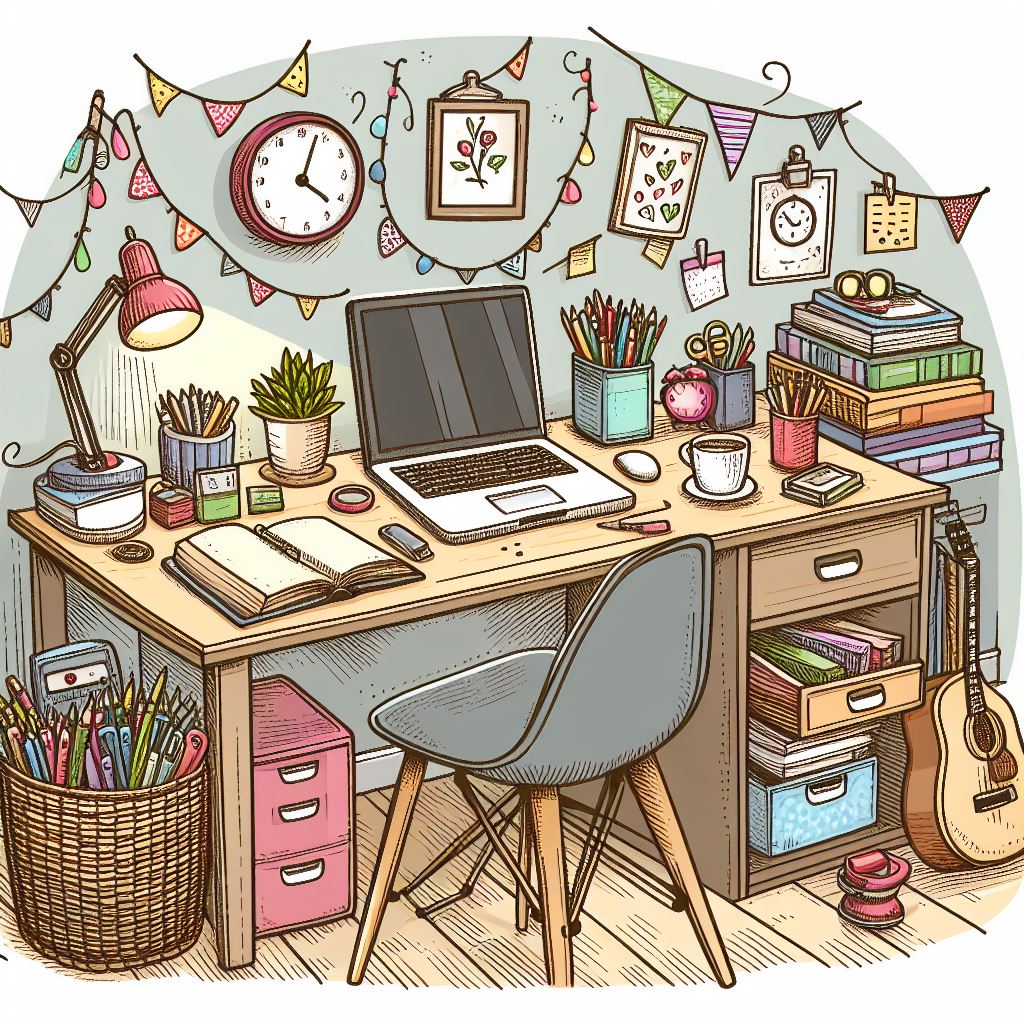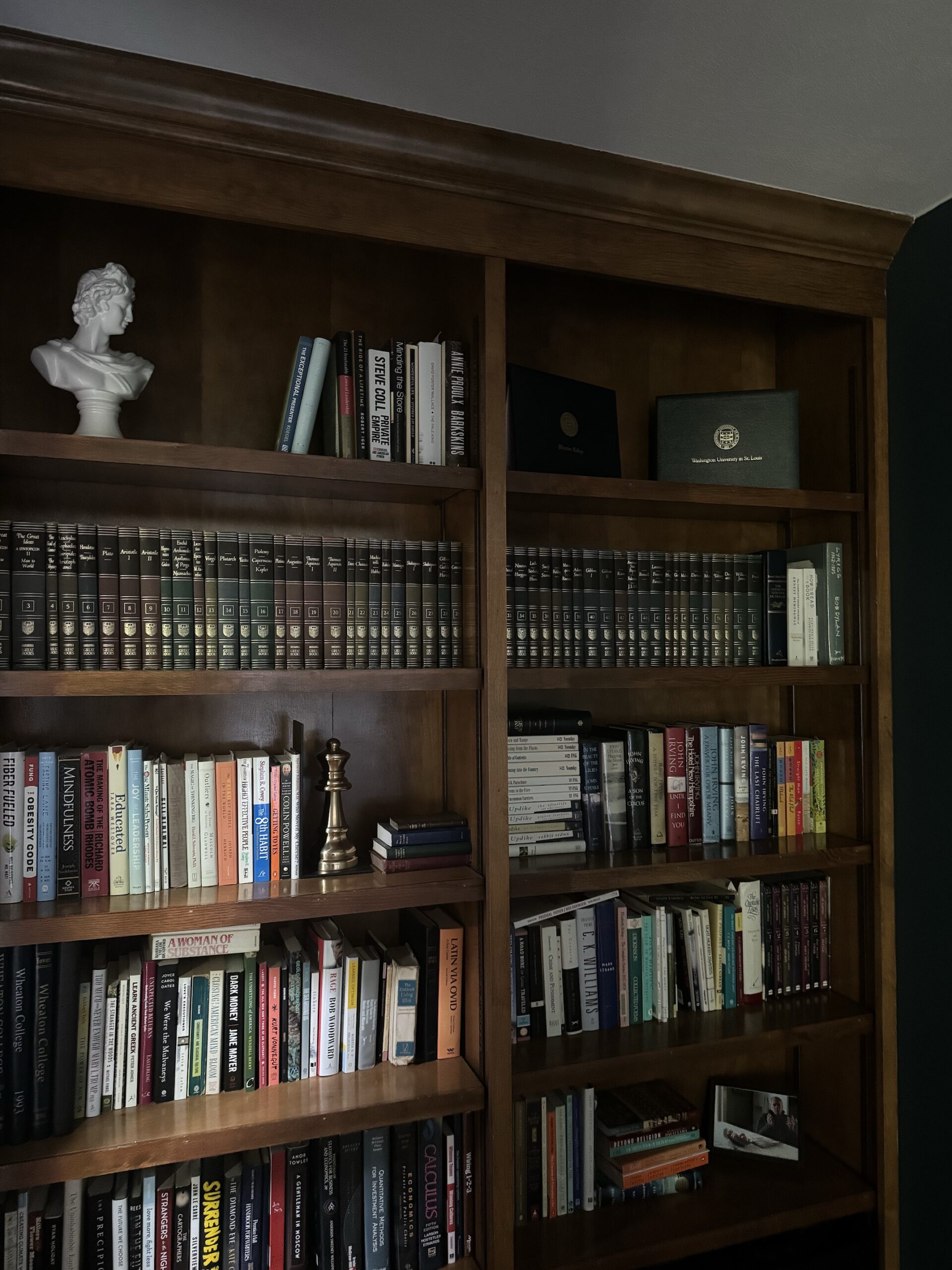Let’s face it: social media is a constant in most of our lives. Whether it’s for keeping up with friends, staying informed, or just filling spare time, platforms like Facebook, Instagram, and Twitter have integrated seamlessly into our daily routines. However, it’s no secret that while these networks can bring us joy and connectivity, they can also lead to feelings of sadness or inadequacy.
Have you ever noticed feeling a bit down after scrolling through your feed? You’re not alone, and thankfully, there are straightforward ways to mitigate this. In this post, I’ll share some effective strategies to help you keep social media from dampening your mood, without having to go off the grid.
Understanding the Impact of Social Media on Emotions
Social media platforms are designed to engage us, but not always in the most positive ways. It’s easy to fall into the trap of comparing our behind-the-scenes with everyone else’s highlight reels. This comparison can quickly take a toll on our self-esteem and overall happiness.
Moreover, the incessant stream of notifications pulls us into a loop of constant connectivity, which can be exhausting. By understanding how these mechanisms work, we can start to take control of our interactions with social media instead of letting them control us.
Recognizing Your Triggers
To begin crafting a healthier social media experience, start by pinpointing exactly what about these platforms tends to bring you down. Is it the envy you feel when you see travel photos from a distant acquaintance, or is it the political arguments that flood your news feed? Recognizing these triggers is the first step in managing them.
For me, it was realizing how much time I lost mindlessly scrolling every evening, which left me feeling unproductive and a bit self-critical. By identifying these patterns, you can make more conscious decisions about how to engage with social media.
Setting Realistic Social Media Goals
Now, let’s talk about setting realistic, manageable goals for your social media use. It’s all about finding what works specifically for you. Maybe that means limiting your daily social media time, or using these platforms with a specific purpose in mind, like connecting with close friends or gathering news from reliable sources. There are plenty of apps out there to help monitor and manage your usage. Setting these boundaries can greatly reduce the time you spend in scenarios that might lead to sadness.
Curating Your Feed for Positivity
One of the most direct ways to improve your social media experience is by taking control of your feed. This means actively choosing to follow accounts that make you feel good and unfollowing or muting those that don’t. If looking at certain posts makes you feel anxious or inadequate, it’s okay to remove them from your view.
On the flip side, try to fill your feed with content that is uplifting and inspiring. Whether it’s motivational speakers, content related to hobbies you enjoy, or just accounts that make you laugh, curating your feed can transform your social media into a source of positivity.
Establishing Healthy Boundaries
Social media should have its place and time, just like any other activity in your life. Establishing specific times when you’re free from online distractions can greatly improve your mental wellbeing. Consider setting boundaries such as no social media during meals, an hour before bed, or even designating one day a week as a digital detox day.
These boundaries not only prevent overuse but also encourage you to be more present in your physical environment, enhancing relationships and activities that bring you real joy. It’s about creating balance and recognizing that every ping from your phone doesn’t require an immediate response.
Mindfulness and Social Media Use
Mindfulness might sound like a buzzword, but it really can be a game-changer when it comes to social media use. Integrating mindfulness practices into your social media routine helps in maintaining awareness of your habits and emotions.
Before you even unlock your phone, take a moment to ask yourself why. Are you bored? Procrastinating? Looking for connection? This small pause can help you make a more conscious choice about whether to scroll or not. Additionally, try implementing ‘mindful scrolling’—be fully present with each post you read, rather than zipping through your feed. This can decrease the quantity of content you consume and increase the quality of your engagement.
Tackling social media sadness isn’t about making dramatic changes or cutting yourself off from the digital world entirely—it’s about adjusting how you interact with it to better serve you. The strategies discussed here can help you navigate social media in a way that protects your emotional health. Experiment with these tips and see what combination best suits your lifestyle.
Remember, social media is a tool that should be used to enhance your life, not detract from it. With a few tweaks, it’s completely possible to transform your social media experience from a source of stress to a source of support and positivity.
And with that, you’re equipped to reshape your social media habits into something healthier and happier. It’s all about taking those small steps toward a more balanced digital life.
















